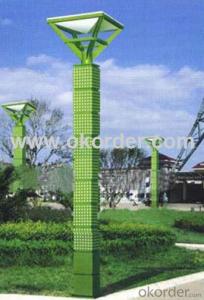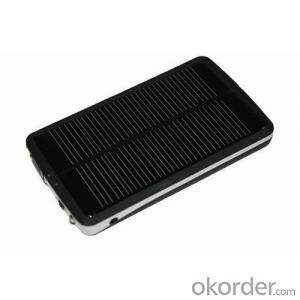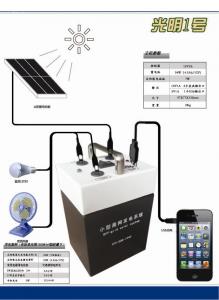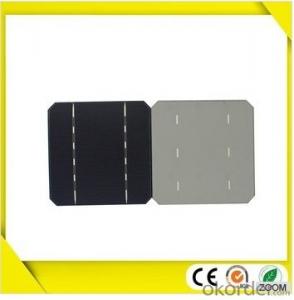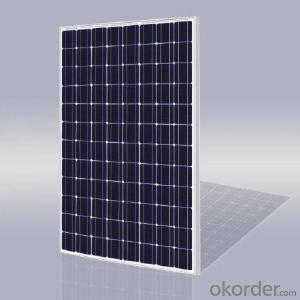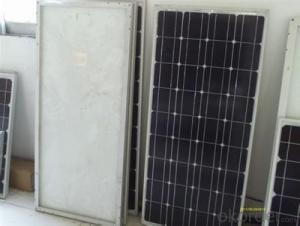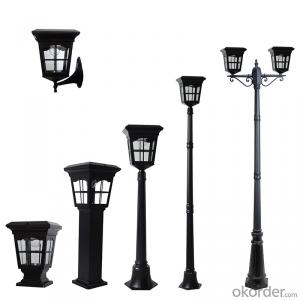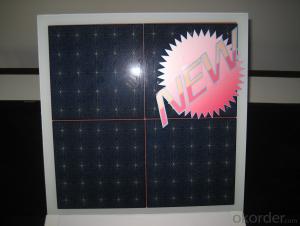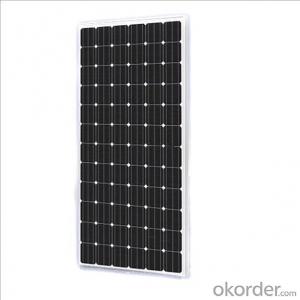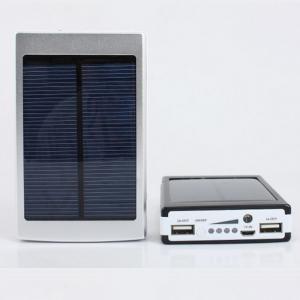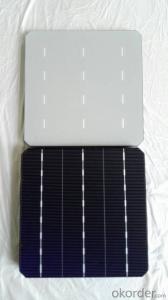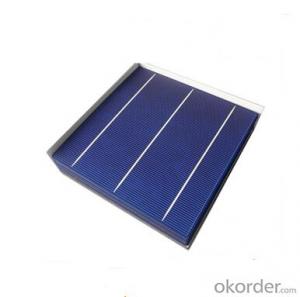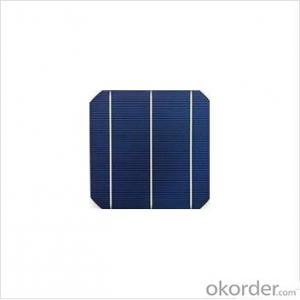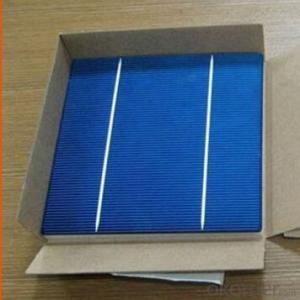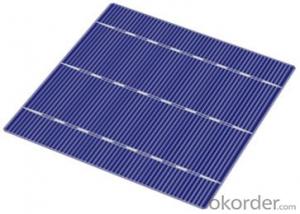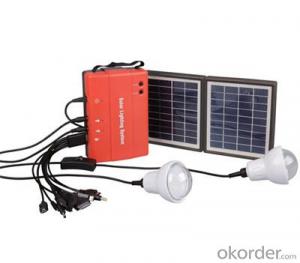Lightest Solar Cells
Lightest Solar Cells Related Searches
Lightweight Solar Cells Low Cost Solar Cells Low Light Solar Cells Cheap Solar Cells Cheapest Solar Cells Per Watt Best Solar Cells Cheap Solar Cells For Sale Compact Solar Cells Highest Efficiency Solar Cells Buy Cheap Solar Cells Best Solar Cells In The World Affordable Solar Cells Best Solar Cells To Buy Buy Small Solar Cells Best Type Of Solar Cells Photovoltaic Solar Cells Best Solar Cells On The Market Cheap Solar Cells China Nano Solar Cells Bare Solar Cells Free Solar Cells Solar Energy Cells Loose Solar Cells Raw Solar Cells Electric Solar Cells Organic Solar Cells Broken Solar Cells 1st Generation Solar Cells Plant Based Solar Cells Floating Solar CellsLightest Solar Cells Supplier & Manufacturer from China
Lightest Solar Cells are a groundbreaking innovation in the field of renewable energy, offering a lightweight and efficient solution for harnessing solar power. These cutting-edge solar cells are designed to be ultra-thin and flexible, making them ideal for a wide range of applications, from portable electronics to large-scale solar power installations. The unique properties of Lightest Solar Cells allow them to be easily integrated into various products and systems, providing a versatile and eco-friendly energy source for both indoor and outdoor use.The application and usage scenarios for Lightest Solar Cells are vast, as they can be utilized in various industries and environments. For instance, they can be incorporated into wearable technology, such as smartwatches and fitness trackers, to provide power without the need for traditional batteries. Additionally, they can be used in outdoor equipment like tents and backpacks, allowing for portable power generation during camping trips or outdoor adventures. Lightest Solar Cells can also be employed in larger applications, such as powering streetlights or providing energy for remote locations without access to traditional power grids.
Okorder.com is a leading wholesale supplier of Lightest Solar Cells, boasting a large inventory that caters to the diverse needs of customers worldwide. As a reputable distributor, Okorder.com ensures that their products meet the highest quality standards and are available at competitive prices. This makes them an ideal choice for businesses and individuals seeking to incorporate Lightest Solar Cells into their projects or products. With their extensive selection and commitment to customer satisfaction, Okorder.com stands out as a reliable source for all things related to Lightest Solar Cells.
Hot Products



